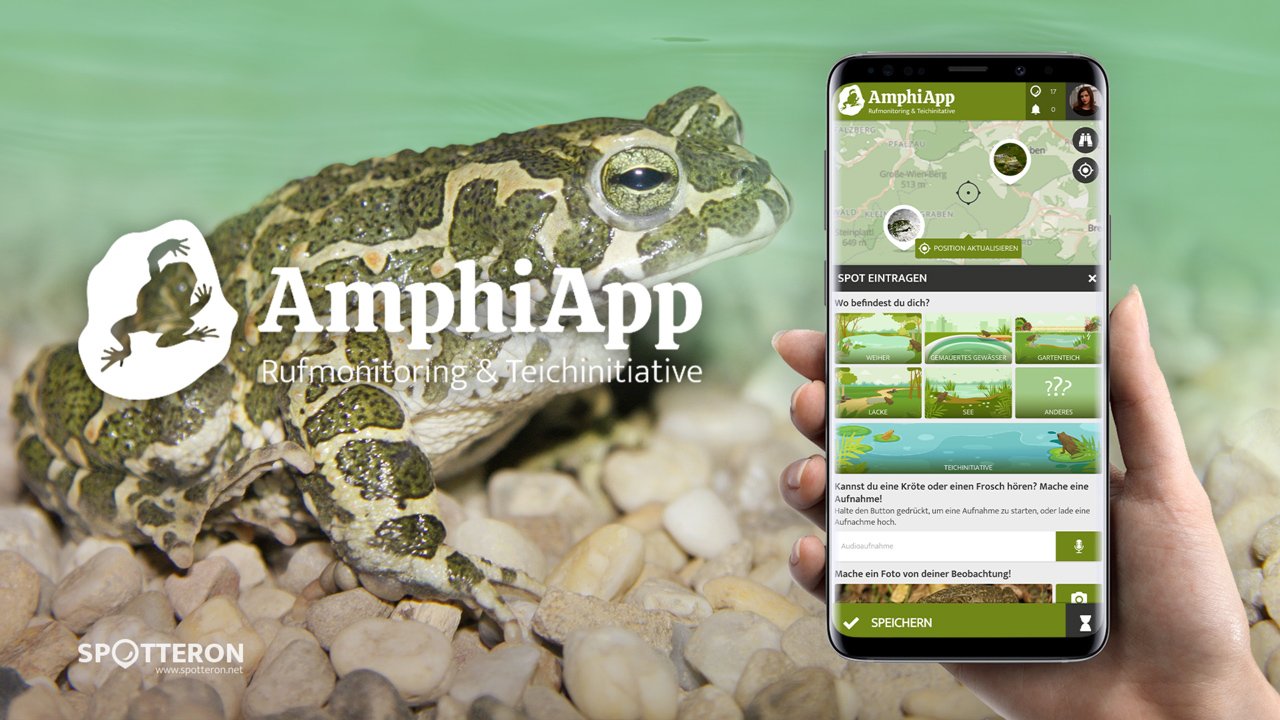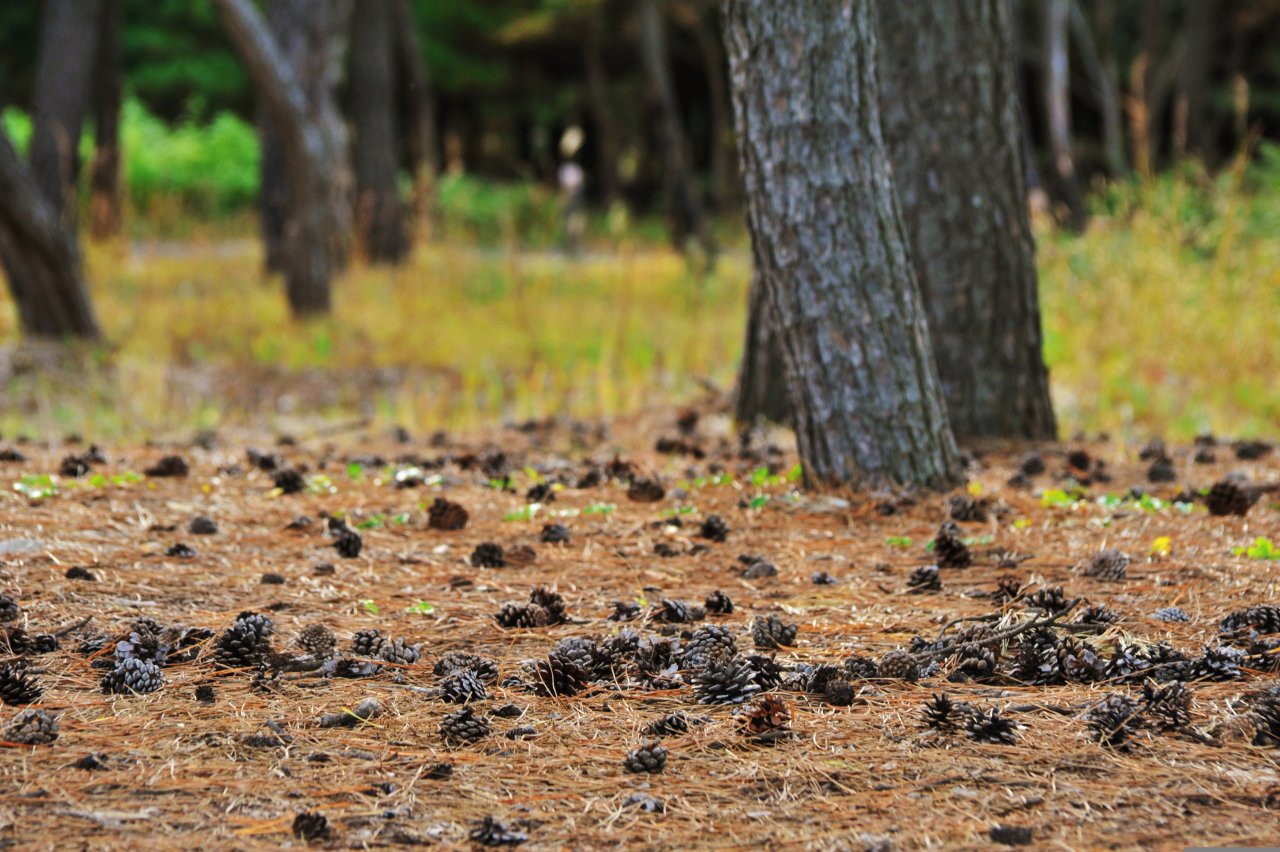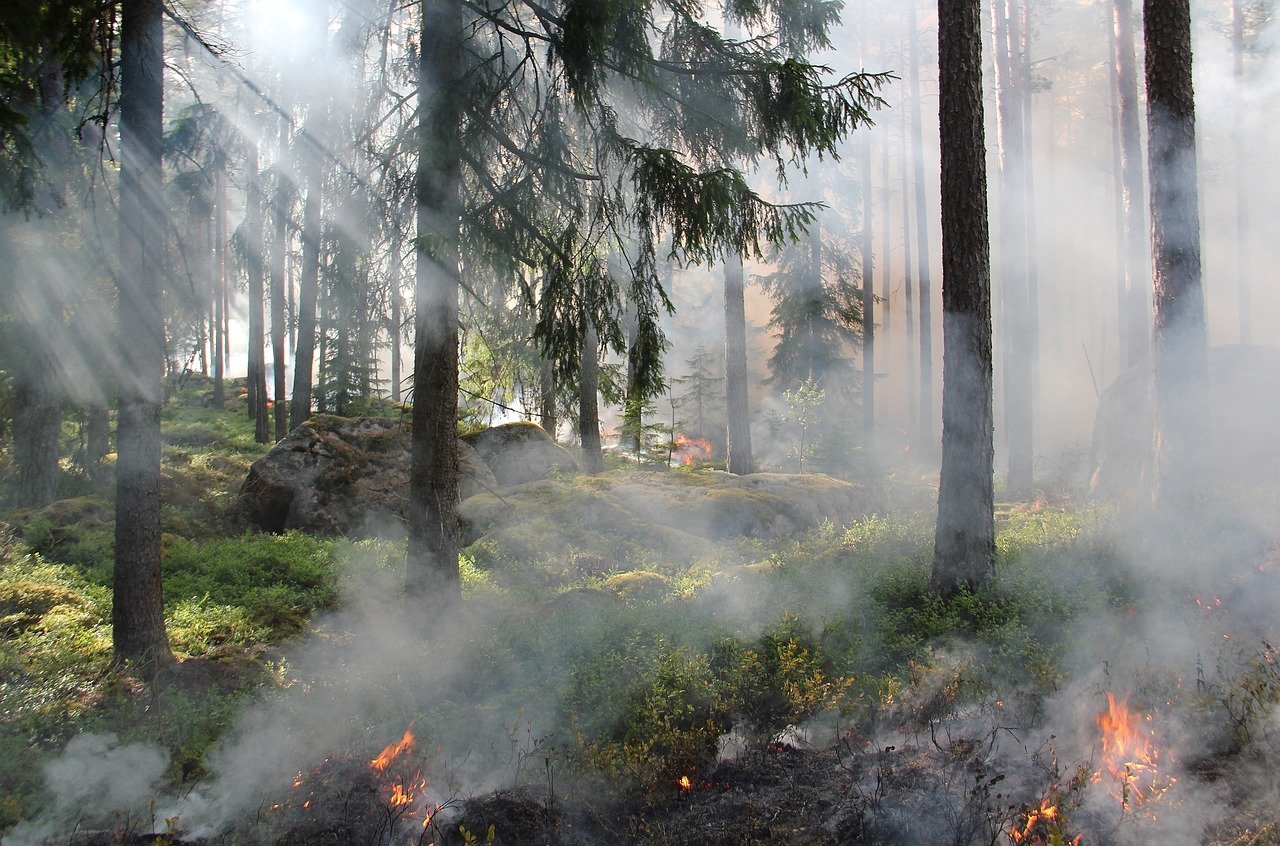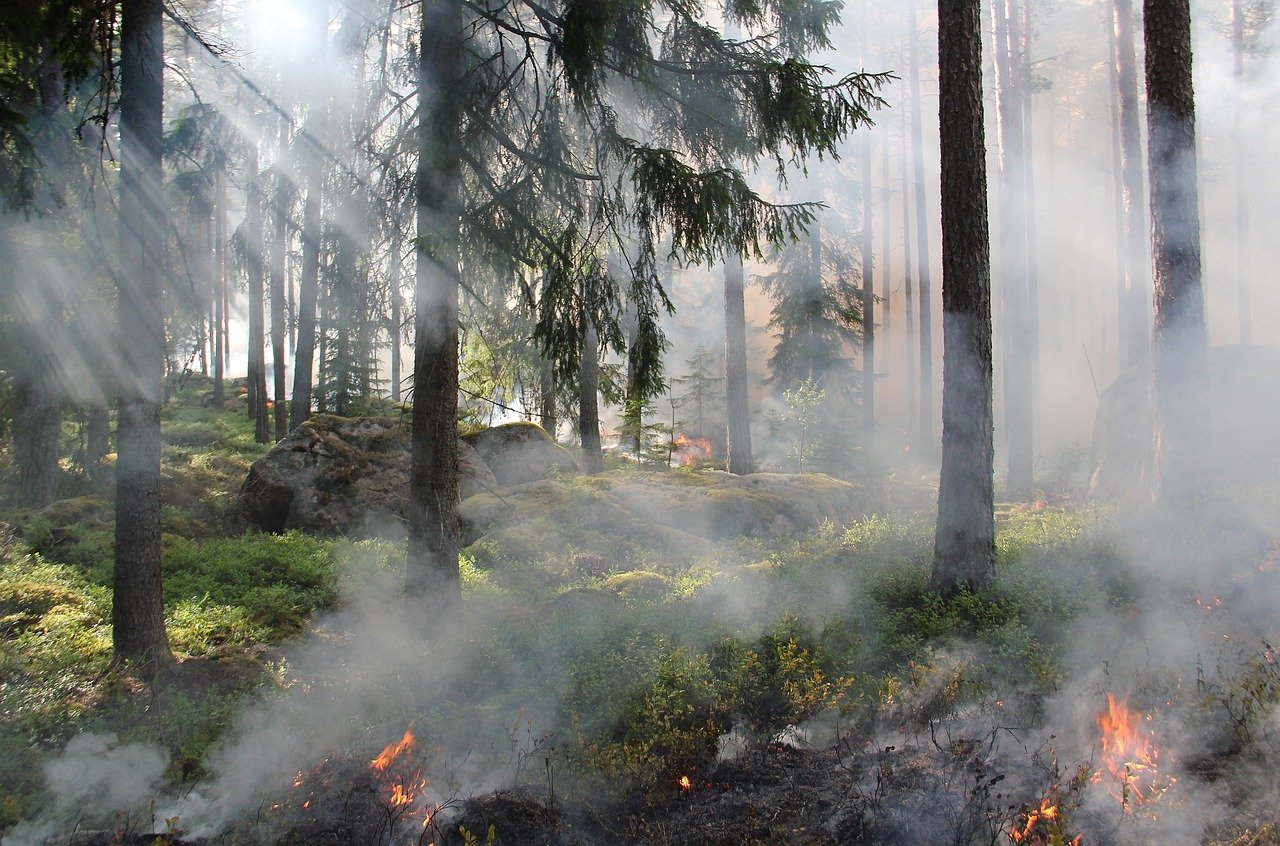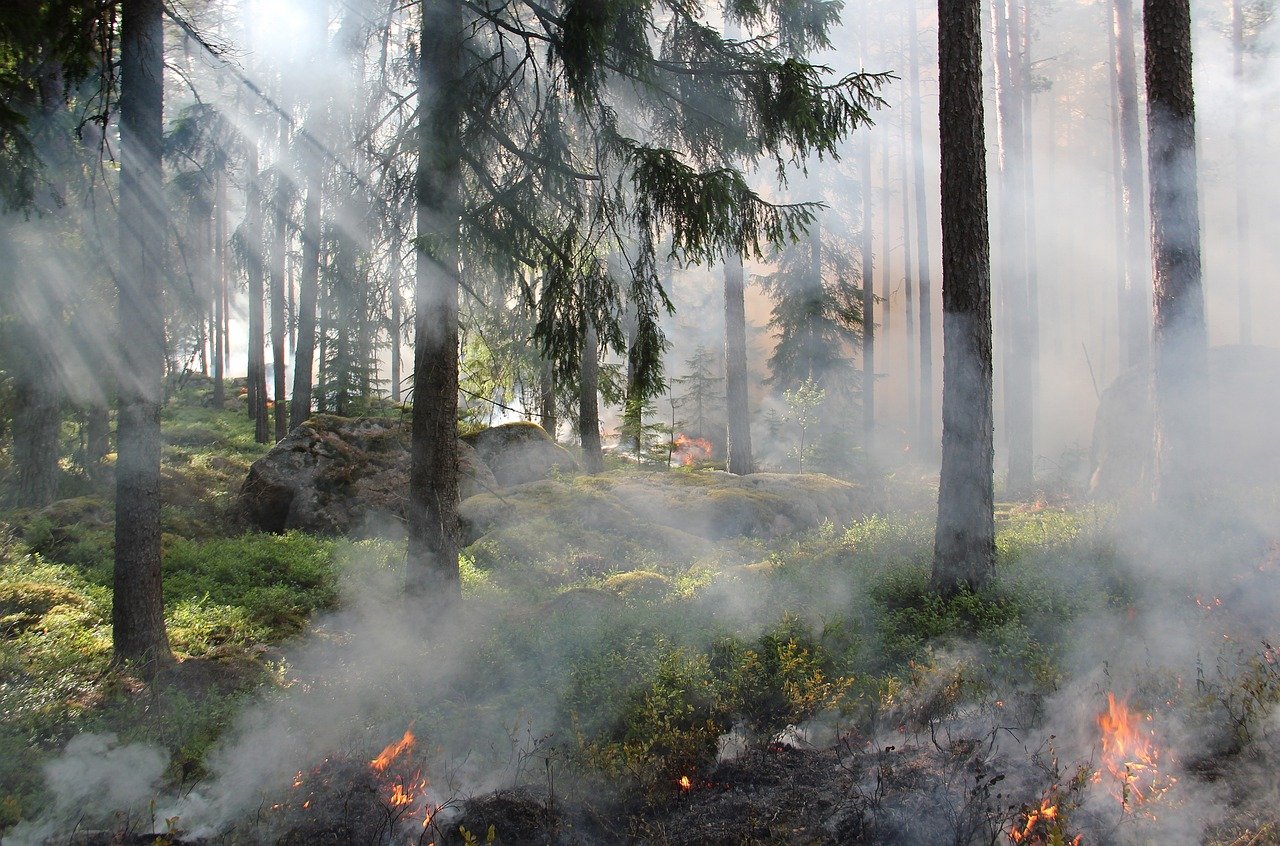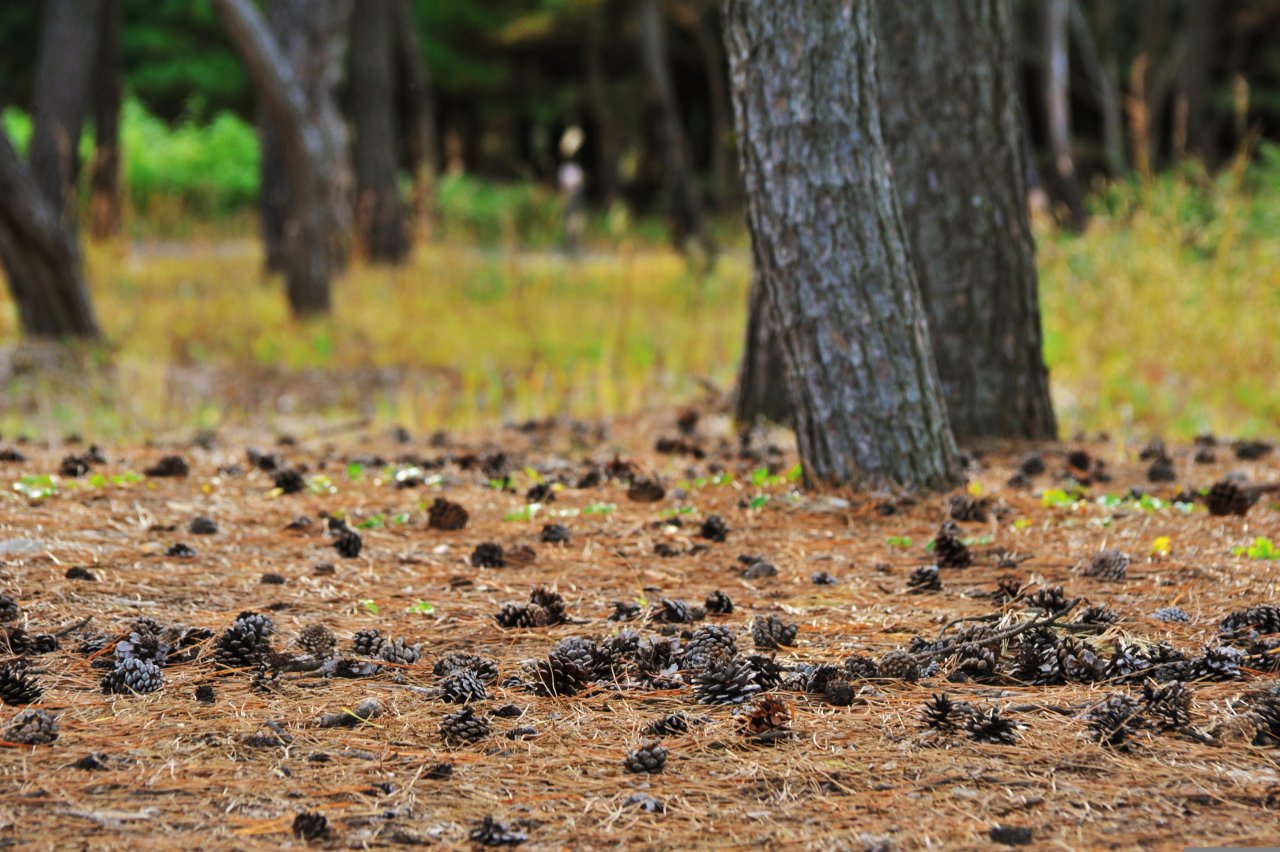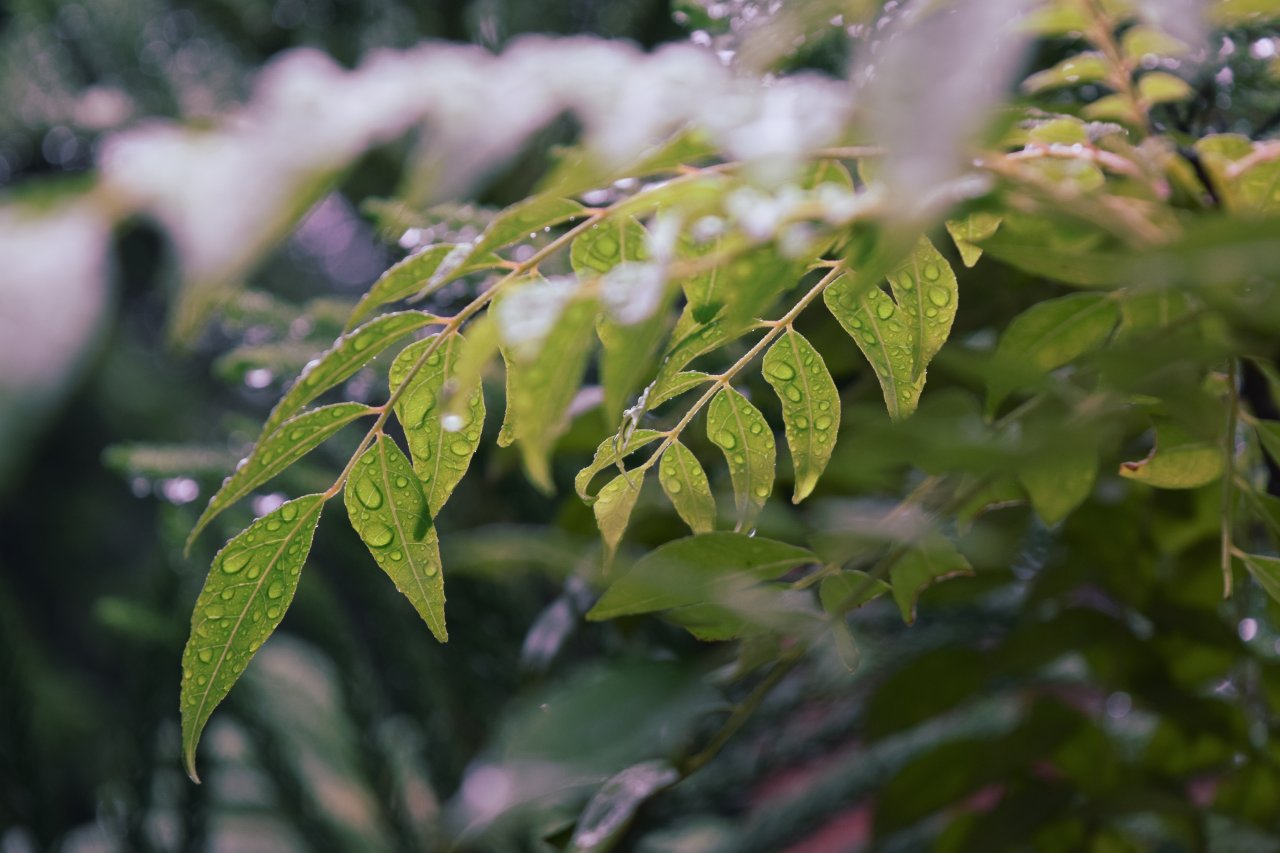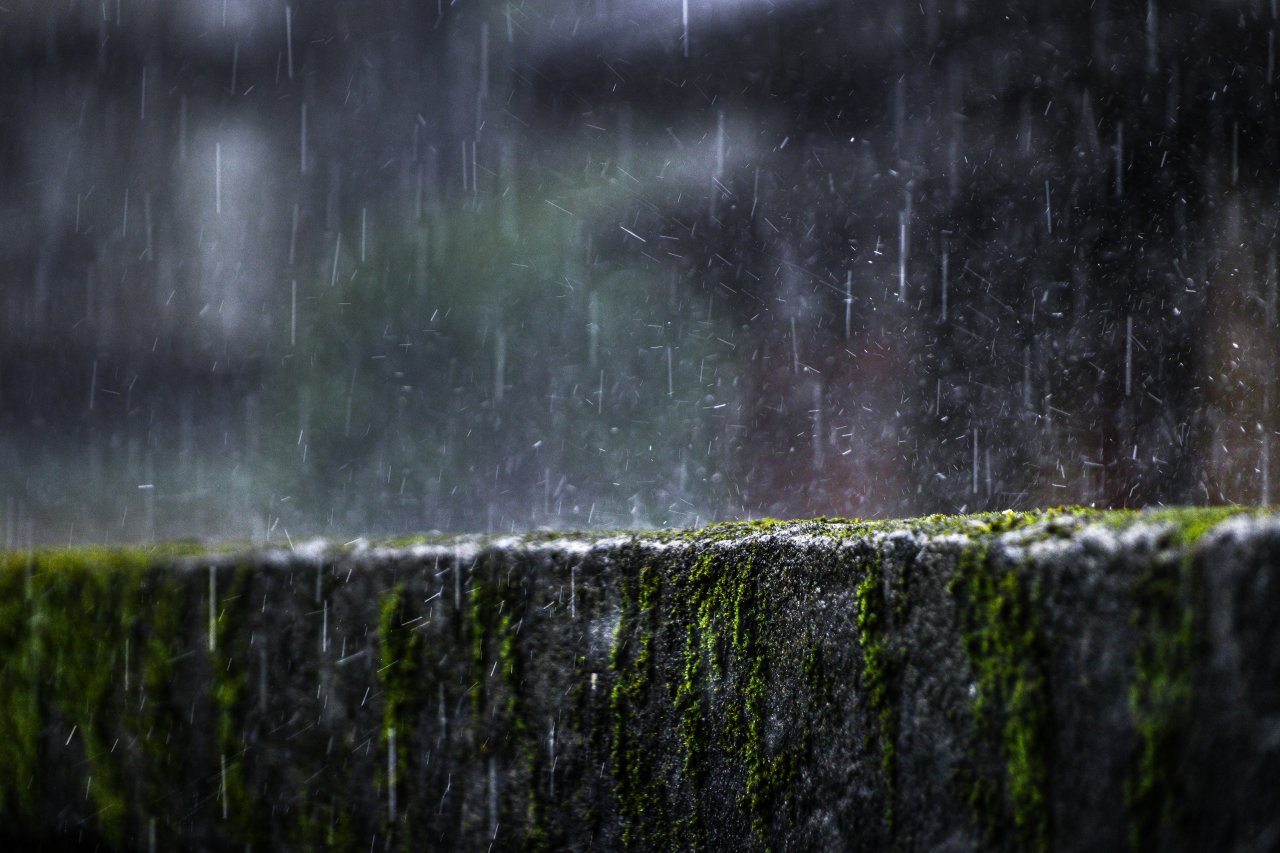Hinweis: Diese Website ist noch in der Beta-Phase - Wir bauen zur Zeit alles auf, aber du kannst bereits deine Apps zum Mitmachen downloaden.
Agnes | SPOTTERON
AmphiApp
AmphiApp ist die App für das AmphiBiom-Projekt, das sich zum Ziel gesetzt haz, einen wichtigen Schritt hin zu einem umfassenden Schutzkonzept für die Wechselkröte zu gehen. Hierbei wird in ganz Österreich erforscht, welche Habitate die Wechselkröte bevorzugt, in Verbindung mit der Untersuchung von Schadstoffen in Gewässern und der Landnutzung.
Bodenvegetation
Gras
Krautiger Bodenbewuchs im Wald oder Offenland, auch Stauden, Farne oder Kräuter. Beinhaltet keine verholzten Teile.
Sträucher/Unterholz
Sträucher, Hecken und Jungbäume (< 2m Höhe), auch Zwergsträucher wie die Heidelbeere. In der Vegetationszeit meist belaubt, können sehr dicht sein..
Größeres Totholz
Liegende oder stehende abgestorbene Baumteile oder Äste. Entstehen durch natürliche Prozesse, die Waldnutzung oder durch Störungen (z. B. Sturm, Schneebruch, Schädlinge).
Nadel-/Laubstreu
Herabgefallene und abgestorbene Nadeln, Blätter, Zapfen und kleine Äste. Können eine zentimeterhohe Schicht am Waldboden bilden.
Moss
Grüne, dicht wachsende Landpflanze ohne Stützgewebe. Kann viel Wasser aufnehmen, aber während Dürren auch komplett austrocknen.
Brandtypen
Schwelbrände
Ein Schwelbrand brennt meist sehr langsam und ohne sichtbare Flammen. In erster Linie ist dabei die (Roh-)Humusdecke betroffen. Durch die geringe Rauchentwicklung kann ein Schwelbrand über einen längeren Zeitraum unentdeckt bleiben.
Boden-/Lauffeuer
Ein Bodenfeuer verbrennt die Streuschicht (Laub, Nadeln), Gras, Moos und die niedere Vegetation (bspw. Sträucher und Jungbäume). Die Flammenhöhe beträgt wenige Zentimeter bis mehrere Meter, die Ausbreitung der Feuerfront kann je nach Wind Marschgeschwindigkeit erreichen. Intensive Bodenfeuer können sich zu Kronenfeuern entwickeln.
Kronenfeuer
Ein Kronenfeuer erfasst die Kronen (Wipfel) der Bäume und stellt den intensivsten Feuertyp dar. Häufig geht ein Kronenfeuer mit einem intensiven Bodenfeuer einher. Im Extremfall können die Flammen mehrere Dutzend Meter hoch sein und sich in Laufgeschwindigkeit ausbreiten.
Thảm thực vật trên bề mặt
Cỏ
Cỏ là loại cây thân thảo mọc ở trong rừng hoặc các vùng đất trống. Cỏ bao gồm cả dương xỉ hoặc các loại thực vật thân thảo có hoa. Cỏ không bao gồm các loại cây có thân gỗ.
Cây bụi / Tầng dưới tán
Cây bụi/ Tầng dưới tán là lớp thực vật bên dưới tán trong một khu rừng hoặc khu vực nhiều cây cối, đặc biệt là những cây bụi, cây non (chiều cao dưới 2m). Thường ra lá trong mùa sinh trưởng và nhìn rất rậm rạp.
Cành gãy - Củi khô
Là những phần của thân cây hoặc cành cây gãy, rơi, rụng xuống. Chúng xuất hiện do tác động của các quá trình xảy ra ngoài tự nhiên, việc khai thác và xáo trộn trong rừng (ví dụ: Bão, sâu bệnh, tuyết rơi)
Thảm mục
Thảm mục là sự tích tụ của lá cây, cành cây nhỏ rụng và chết trên nền rừng. Nó có thể tạo thành một lớp thảm mục cao vài cen-ti-mét trên nền rừng. Nó là một thành phần quan trọng của hệ sinh thái rừng vì nó cung cấp chất dinh dưỡng cho đất và là môi trường sống cho các loài động vật nhỏ.
Rêu
Rêu là một loại thực vật màu xanh, thường mọc dày đặt trên mặt đất nhưng không có các mô nâng đỡ. Nó có thể hấp thụ nhiều nước, nhưng khô hoàn toàn trong thời gian hạn hán.
Các loại cháy rừng
Cháy ngầm (Cháy âm ỉ)
Ngọn lửa âm ỉ cháy chậm và không có ngọn lửa, nó có thể gây rất nguy hiểm vì dễ lan rộng mà không được chú ý và thậm chí cháy dưới lòng đất trong thời gian dài.
Cháy dưới tán (Cháy ngầm)
Ngọn lửa lan tràn trên mặt đất làm đốt cháy một phần hoặc toàn bộ thảm mục, cành khô, lá rụng, cỏ khô, thảm tươi, cây bụi, cây tái sinh, gốc cây, rễ cây nổi lên trên mặt đất và ở sát mặt đất. Cháy dưới tán có thể có thể bùng lên dữ dội và biến thành cháy tán rừng.
Cháy tán rừng
Cháy tán rừng sẽ đốt cháy và lan truyền ngọn lửa trên tầng tán của rừng, từ ngọn cây này sang ngọn cây khác - còn được gọi là cháy trên ngọn. Không giống như đám cháy bề mặt lan chậm hơn, đám cháy tán rừng lan nhanh với tốc độ nhanh.
Types of fire
Smouldering fire
A smouldering fire burns slowly and without flames mainly in the humus layer posing a significant danger as it can spread unnoticed for a longer time period.
Surface fires
Surface fires burn surface litter, other loose debris of the forest floor, and small vegetation. A surface fire may burn with flames only several centimeters high, flames a few meters high or may intensify and turn into a crown fire. Depending on the wind, the spread of the fire front can reach marching speed.
Crown fires
Crown fires burn the canopy of the forest and can spread from treetop to treetop. They are the most intense type of forest fires and are often accompanied by intense surface fires. In extreme cases, the flames can be several dozen meters high and spread at running speed.
Surface Vegetation
Grass
Herbaceous ground cover in woodland or open land, including shrubs, ferns or herbs. Does not include woody parts.
Shrubs/Understory
Shrubs, hedges and young trees (< 2m high), including dwarf shrubs such as blueberries. Usually leafy during the growing season, can be very dense.
Slash-Blowdown
Lying or standing dead tree parts or branches. Formed by natural processes, forest use or disturbances (e.g. storms, snowfall, pests).
Timber-litter
Fallen and dead needles, leaves, cones and small branches. Can form a centimetre-high layer on the forest floor.
Moss
Green, densely growing land plant without supporting tissue. Can absorb a lot of water, but can also dry out completely during droughts.
¿Cómo medir humedad?
El higrómetro ( ver ejemplo más abajo) mide el grado de humedad del aire en un lugar determinado. También se denomina humedad relativa.
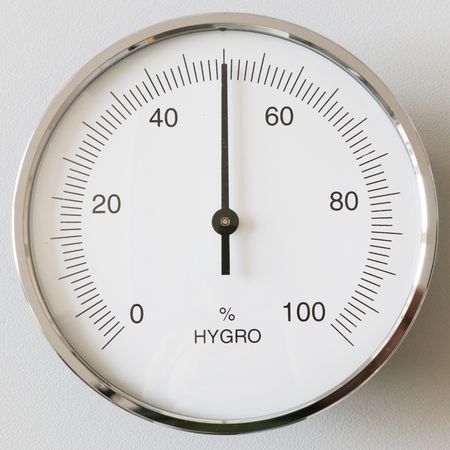
Puede medir la humedad desde el 0% (completamente seco) hasta el 100% (muy húmedo). La escala del higrómetro está dividida en intervalos del 1% (marcas cortas) y del 5% (marcas largas). La marca más cercana a la aguja es la humedad actual. En el ejemplo anterior, la humedad es de 50%.
¿Cómo medir temperatura?
El termómetro mide la temperatura del aire en un lugar determinado. El termómetro de esta estación mide la temperatura entre -35 y 55 grados Celsius (°C) ( ver ejemplo a continuación).
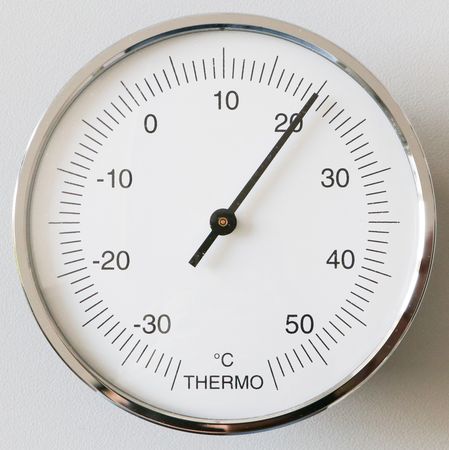
Cuando la temperatura es negativa (por debajo de 0°) está helando. La escala del termómetro está dividida en intervalos de 1°C (marcas cortas) y 5°C (marcas largas). La marca más cercana a la aguja es la temperatura actual. En el ejemplo anterior, la temperatura es de 20 °C.
¿Cómo medir la cantidad de lluvia?
¿Cómo medir la cantidad de lluvia?
La lluvia que cae en un lugar determinado se mide con un pluviómetro. En la estación, el pluviómetro está montado a la derecha del panel informativo ( ver ejemplo más abajo).
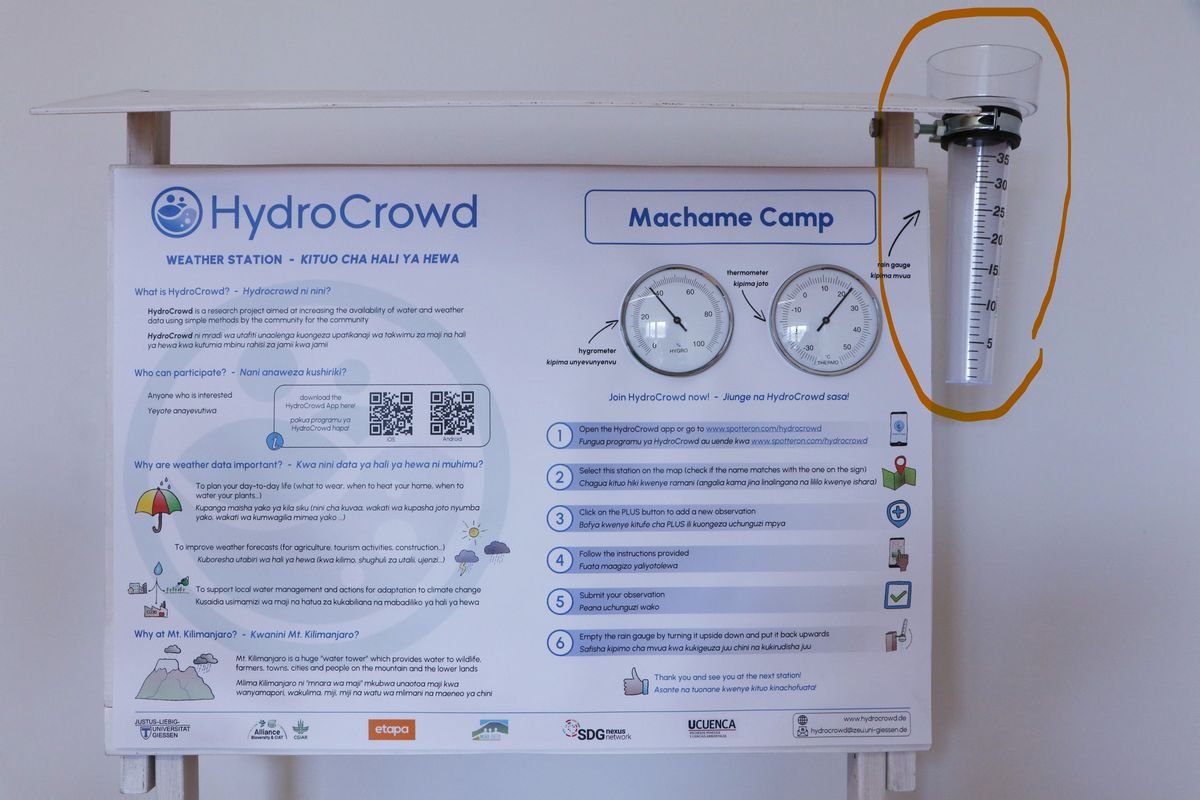
La lluvia o precipitación se mide en milímetros (mm). La escala situada en un lado del pluviómetro indica la cantidad de lluvia caída desde la última vez que se vació el pluviómetro. La escala está dividida en intervalos de 1 mm (marcas cortas) y 5 mm (marcas largas). Mire el agua del pluviómetro. Colóquese de manera que sus ojos estén a la misma altura que el nivel de agua del pluviómetro (ver ejemplo a continuación).

La marca más cercana al nivel del agua en el pluviómetro es la cantidad de lluvia. En el ejemplo anterior, la lluvia es de 10 mm. Después de enviar la medición de la lluvia, no olvide vaciar el pluviómetro volcándolo boca abajo y volviéndolo a poner boca arriba con la entrada mirando hacia el cielo (como en la primera imagen).
Please visit the website about the SPOTTERON Platform on www.spotteron.net
This website uses no external trackers, no analytics, just session cookies and values your online privacy.

